The best temperature to sleep isn’t just about comfort—it’s the secret to deeper, uninterrupted rest for your whole family.
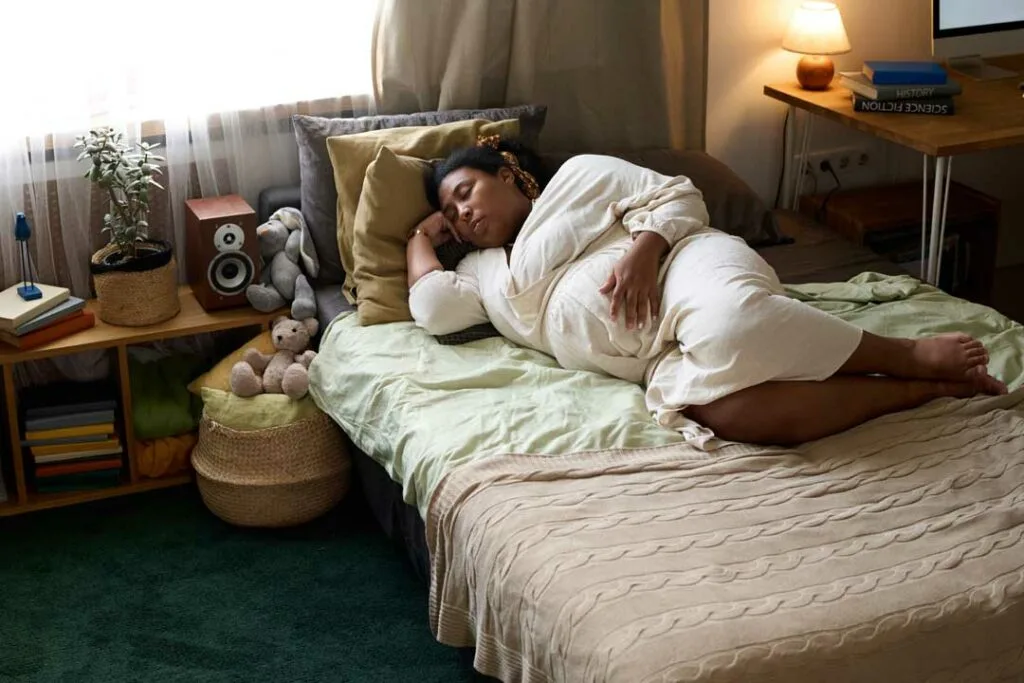
When it comes to sleep, your HVAC system might be doing more than just cooling the room, it’s setting the stage for how well you rest. Getting the temperature right isn’t just about comfort; it’s about helping your body shift into sleep mode and stay there. Let’s break down what that really means.
Best Temperature to Sleep: How to Find Your Ideal Sleep Climate
Your bedroom temperature might be the single biggest factor affecting how well you sleep. Too hot? You’ll toss and turn. Too cold? You’ll wake up shivering at 3 a.m.
Experts agree that finding the best temperature to sleep helps your body naturally transition into rest mode and stay there all night. Here’s what you need to know about setting the right temperature for adults, kids, and even babies.
Why the Best Temperature for Sleep Isn’t One-Size-Fits-All
Room temperature plays a bigger role in sleep than most people realize, it’s not just another adult neurosis like reorganizing the junk drawer at midnight. When you’re too hot or too cold, your body struggles to hit its natural cooldown phase that signals it’s time to sleep. That delay can mess with everything from how fast you fall asleep to how deep you stay asleep.
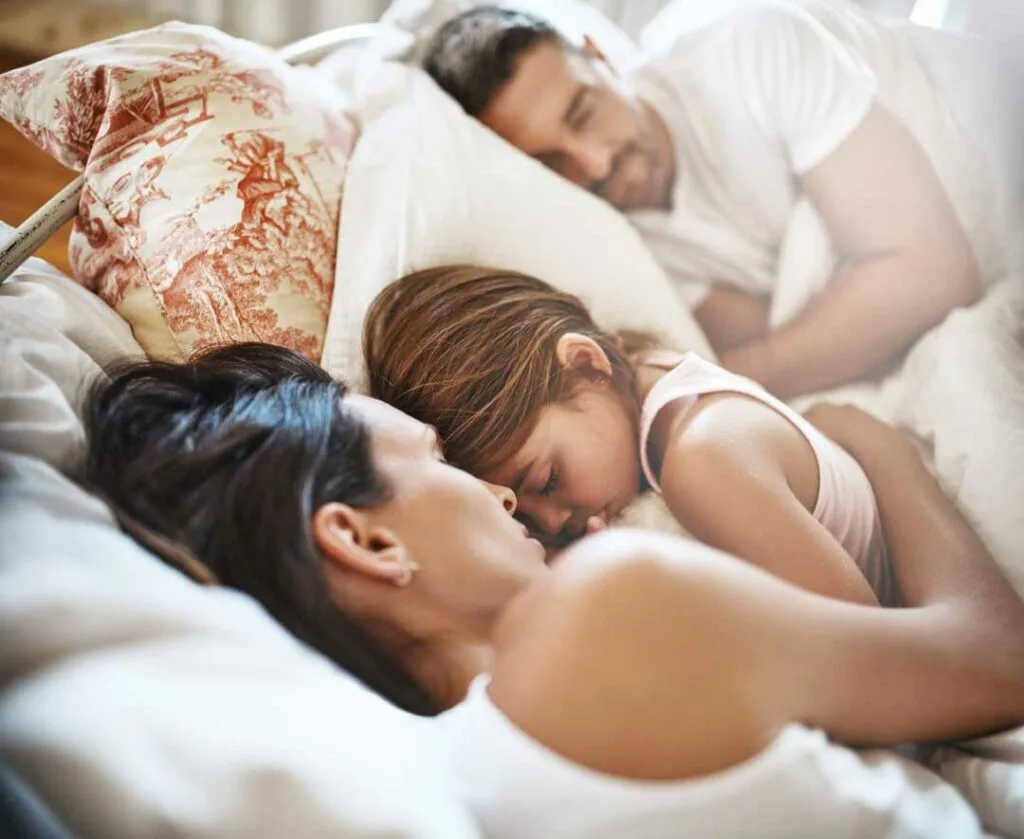
It’s not overthinking, it’s biology. Adults don’t lose sleep over temp because we’re fragile; we lose it because we’re self-regulating. Kids? They crash like it’s a superpower. But that’s because they haven’t hit the stage where life (and cortisol) wakes them up at 3 a.m. to overanalyze their pillow choice.
Still, kids aren’t invincible to heat or cold. An overheated kid might not complain, but they could toss, turn, and wake more frequently, without remembering it. You might think they “slept great” while they actually shifted between light and deep sleep all night. That’s why your 5-year-old is cranky at breakfast for no reason. (Spoiler: It’s not the cereal.)
So no, it’s not just a grown-up thing. It’s a human thing.
Finding the Ideal Sleeping Temperature for Your Whole Family
Science says the Goldilocks sleep zone for adults is between 60-67°F (15.5-19.5°C). That range helps your core body temperature drop the way it naturally wants to when it’s time to hit the hay. But here’s the twist: your best temperature for sleep isn’t one-size-fits-all.
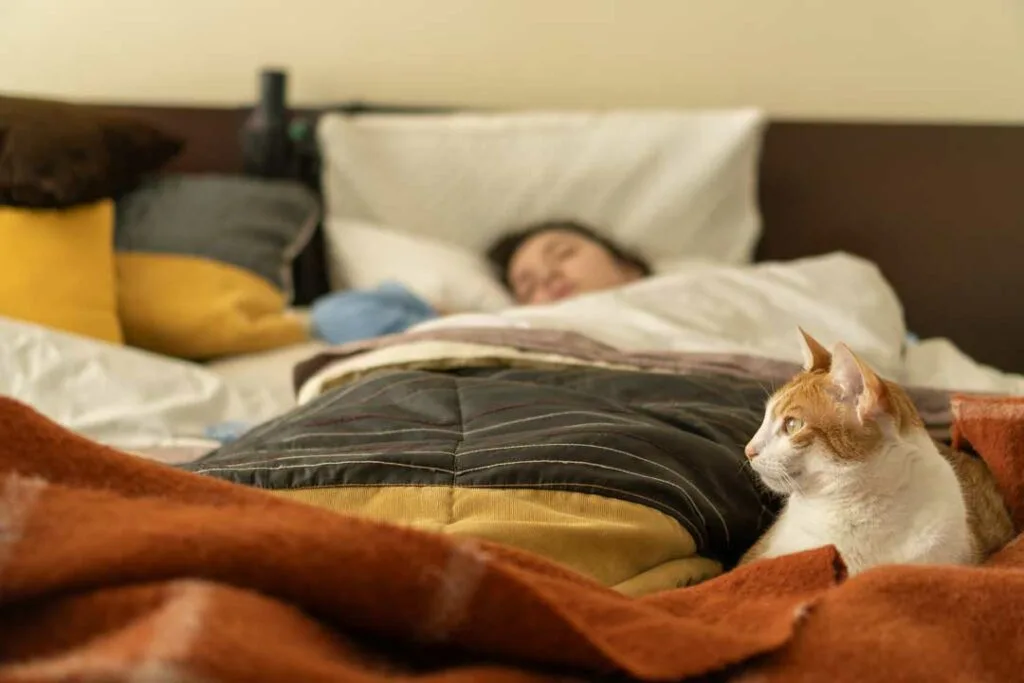
The ideal sleeping temperature is the one that keeps your body consistent overnight. Bonus points if it prevents sweaty 2 a.m. sheet flipping or freezing-cold bathroom trips. Forget the number on the dial. The best temperature for sleeping is the one that never crosses your mind again once you’re asleep.
Hot sleepers need airflow more than coldness. A fan pointed at your legs can do more than blasting the AC 5° lower. Try the lower end, maybe 60-63°F, with breathable sheets and a fan.
Cold sleepers aren’t actually cold, they’re often dehydrated or sleep-deprived. Fix that, and your “chilliness” disappears. Still, staying closer to 66-67°F with light layers can help.
Parents: If you’re waking up all night, it’s less about the temperature and more about stress. But yeah, temp extremes amplify that. Aim for thermally neutral, not “perfect”, no hot spots, no cold drafts, no war zones under the covers. Set your thermostat settings around 65°F with auto-adjustments between sleep stages, so your body stays in a steady zone (even if your kids don’t).
The data says 60-67°F. But reality says: your nervous system is the real thermostat.
The Best Temperature for Sleeping: What Babies Really Need
Babies are mini heat factories, but they haven’t yet developed the ability to regulate temperature well. That’s why the AAP recommends keeping the nursery between 68-72°F (20-22°C). Warmer than adult sleep temps, but not too warm.
Overheating is a bigger risk than underheating. If your baby’s waking up with damp hair and red cheeks, they’re not “cozy”, they’re borderline miserable. And if you’re adding a third blanket because “their hands feel cold,” just… stop. Babies’ extremities are naturally cool. It’s not a cry for thermal help.
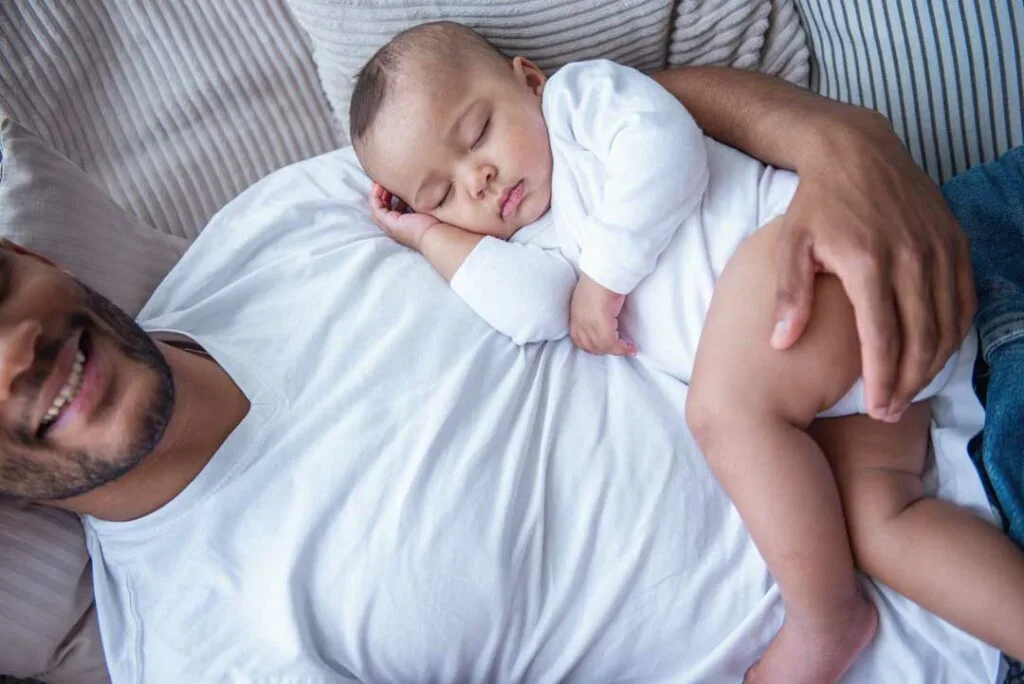
And yes, overdressing a baby or bundling them in too many blankets is exactly how they turn into those sweaty burritos you find at 3 a.m., red-faced, clingy, and wondering why their onesie is soaked. A better rule: one more layer than you’re wearing, max. Always ditch the heavy blankets or quilts in cribs. Sleep sacks are safer, cooler, and burrito-free.
Here’s a radical idea: babies don’t need warmer rooms, they need more predictable ones. Their brains associate stable environments with safety. A room that swings between sauna and icebox is worse than a slightly-too-cool one. Stick to the optimal temperature for sleeping and keep it steady.
Too Hot or Too Cold? The Optimal Temperature for Sleeping
When the room’s too warm, your body can’t cool down effectively, so you may fall asleep slower, sweat more, and miss out on the deep, restorative sleep stages. Your brain stays more alert, making you more likely to wake up at every creak in the floor or dog shuffle on the bed. Your body hits pause on melatonin, your heart rate rises, and your brain basically refuses to go into deep sleep. That’s why you wake up feeling like you slept, but also like you got hit by a truck.

If the room’s too cold, your body tenses up, especially during REM, when your brain can’t regulate body temp as well. You micro-wake to warm up, and yes, when the blanket falls off, your body senses the temp drop immediately and pulls you out of dreamland. That blanket falling off isn’t just annoying, it’s a thermal panic button. Your skin acts like the night shift manager yelling, “Hey! We’ve got a blanket breach!” Your body freaks out and sends an emergency ping to your brain: “We’re exposed!”
Sleep is survival mode. Mess with sleeping temperature, and your body behaves like it’s in danger, even if it’s just a chilly toe.
Thermostat Wars and the Right Sleeping Temperature for Everyone
Here’s the bedtime truce playbook:
Start with a compromise temp around 65°F and try the “zone the human, not the house” rule. Instead of setting one universal temp, layer people, not rooms. Heated blanket on one side, cooling pillow on the other. Marital harmony via thermal sovereignty. Use heating pads, cooling blankets, and vent diverters to give each person control over their microclimate.
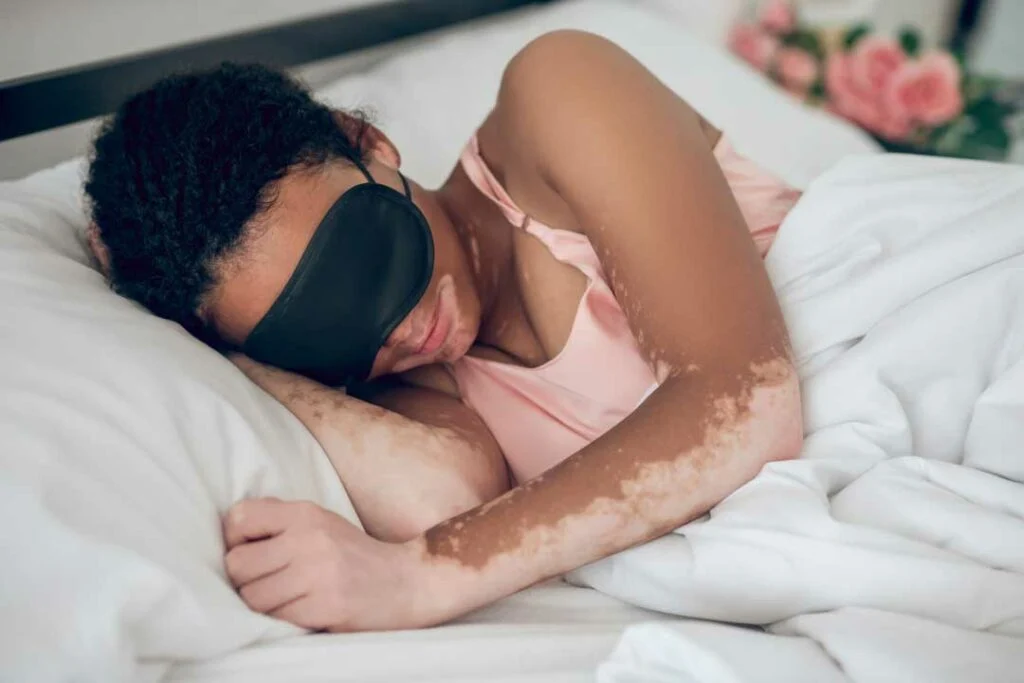
Go top-down with fans, since hot air rises and cooler air sinks. A ceiling fan on low can keep temps more stable without the Arctic breeze. If your HVAC supports zoning, target bedrooms only. If not, shut vents in unoccupied rooms to redirect airflow. And ditch the “thermostat hero” mindset, you’re not fixing the whole house. You’re optimizing a 3-ft radius around your body.
Check your HVAC filters regularly, clogged filters disrupt airflow, mess with temps, and make your system work overtime. That can ruin your shot at the perfect temperature for sleep, and your energy bill. And if your cooling and heating system isn’t optimized, even the best thermostat strategy can fall flat.
Embrace the thermal truce: one person sleeps near the vent, the other near the window. Pets are typically fine with a wide temp range, but if your dog’s hogging the vent, it might be time for a strategic crate move. Put their bed in a thermally boring zone, away from vents, windows, and sun patches. Pets wake up hot and make you hot too.
Can Smart Thermostats Nail the Perfect Temperature for Sleep?
Yes, smart thermostats are 100% worth it, especially if your sleep goals include less tinkering and more snoozing. You can program cooler temps during your wind-down and early sleep phases, set slight warming for those 4 a.m. hours when your body hits its lowest temp, sync schedules for different zones or rooms (hello, nursery vs. master bedroom), and control everything from your phone, ideal when you’re pinned under a toddler and can’t get up to adjust the dial.
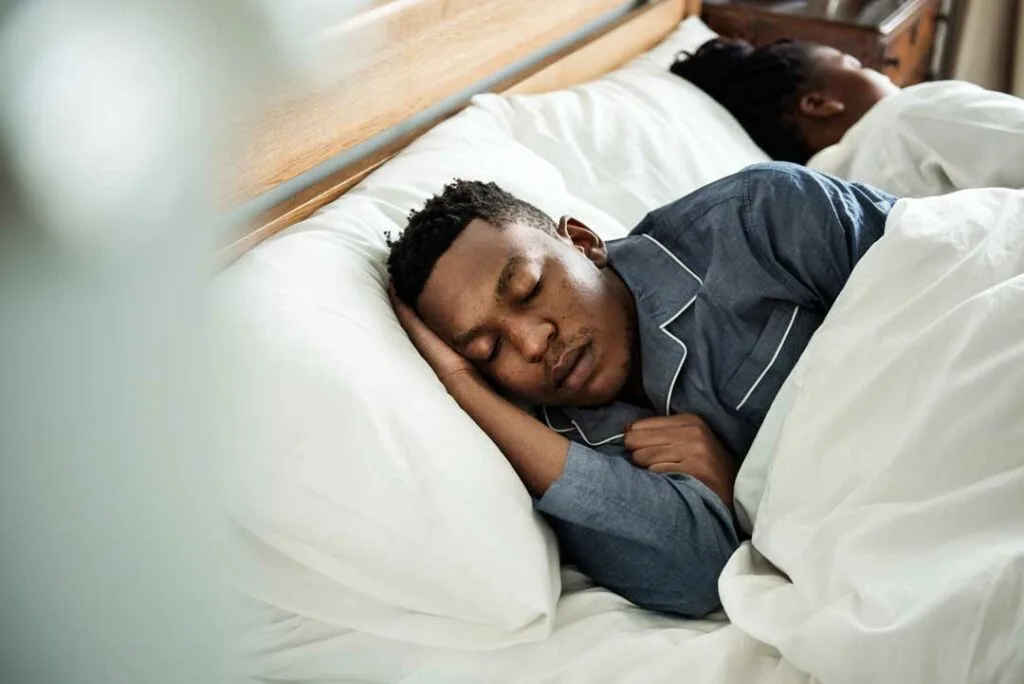
Let’s be honest: smart thermostats are like slow cookers. Amazing, if you actually use them right. The win isn’t in the tech. It’s in the habit programming. Automatic cool-downs when sleep hormones kick in, subtle warm-ups in the early morning so you don’t wake up tense, and full control of your sleeping temperature from bed, that’s the real value, especially when your kid just fell asleep on your arm.
Just don’t forget the parental controls. Otherwise, yes, your 8-year-old will turn your bedroom into a lava chamber for fun. And yes, your kid will try to hack it. Lock it down. Teach them HVAC ethics early. Nobody wants a 3 a.m. lava wave because someone wanted to “feel like a dragon.”
How to Keep the Best Temperature for Sleep, Without High Bills
Absolutely. Try this power-saving, sanity-saving toolkit:
Thermal curtains keep heat out during the day and lock cool air in at night. A DIY cross-breeze, cracking a window on one side of the house and setting a fan on the other, can work like free air conditioning. The old-school ice-bowl-in-front-of-the-fan trick is especially useful in kids’ rooms without good airflow. And white noise machines help everyone sleep through the fan, the AC hum, and each other’s snoring.
Do a quick sleepwear audit: swap fleece pajamas for breathable cotton (babies too, go light!). And don’t underestimate routine, cool the house 1-2 hours before bedtime, and your HVAC won’t need to run on full blast once everyone’s down.
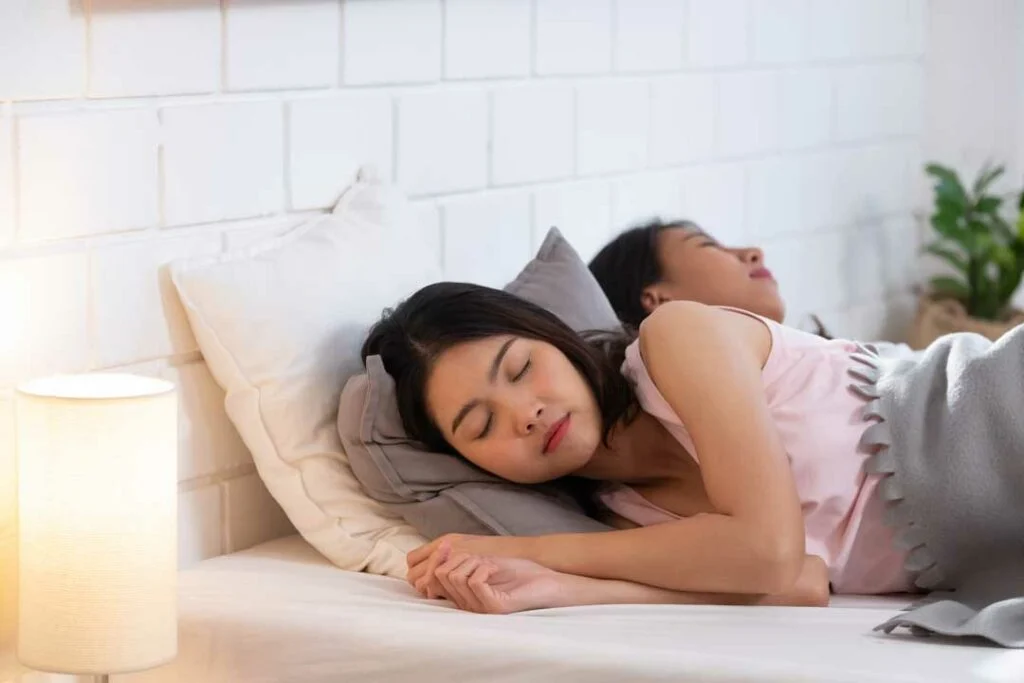
An energy-efficient HVAC tune-up once a year can help your system cool better and cheaper. Combine that with micro-adjustments and human hacks, and you’ve got real comfort without a massive power bill.
Try this tactical toolkit: set temp to drop 2°F one hour before bed, then climb back up by 3 a.m. to prevent early-morning chills. For kids, lower the temp after they fall asleep, not before, to help them drift off without waking up sweaty. Open closet doors to release trapped heat, and use floor fans pointed upward to mix air, not just blow it. Set temps based on humidity, not just heat, a room at 74°F with 40% humidity feels cooler than 71°F with 60%.
And remember: the most powerful climate control is a calm, rested parent. No thermostat can override a nervous system in survival mode. Start with your sleep, and watch the whole household chill out, literally and figuratively.
Best Temperature to Sleep Better (Plus Tips for Babies and Families)
Finding the best temperature to sleep isn’t just about numbers—it’s about creating a consistent, comfortable environment for your body to rest and recover.
Experiment with small thermostat adjustments, layer your bedding smartly, and consider tools like smart thermostats for better control. When the room temperature supports your natural sleep cycle, falling—and staying—asleep becomes effortless.

Jessi is the creative mind behind The Coffee Mom, a popular blog that combines parenting advice, travel tips, and a love for all things Disney. As a trusted Disney influencer and passionate storyteller, Jessi’s authentic insights and relatable content resonate with readers worldwide.
